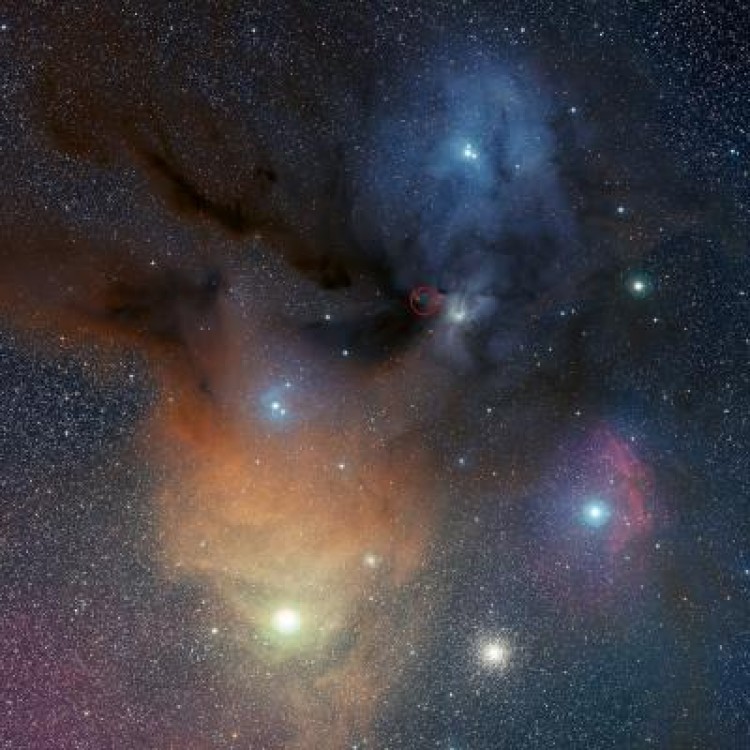Hydrogen peroxide (H2O2) is a molecule of major interest for chemists and astronomers as it forms similarly to oxygen (O2) and water (H2O), two molecules critical for life on Earth.
The bulk of water on Earth is believed to have originated from space so scientists are eager to understand its origins, including those closely related to it, like H2O2.
An international team of astronomers detected hydrogen peroxide in a region 400 light-years away, close to the star Rho Ophiuchi in our galaxy. Here new stars are born amid dense clouds of cosmic gas and dust at around -250 degrees Celsius.
The dust clouds mostly contain hydrogen, but other chemicals like H2O2 are also present, being prime targets for astronomers seeking molecules in space.
“We knew from laboratory experiments which wavelengths to look for, but the amount of hydrogen peroxide in the cloud is just one molecule for every ten billion hydrogen molecules,” says lead author Per Bergman, astronomer at Sweden’s Onsala Space Observatory, in a press release.
With meticulous observations using the Atacama Pathfinder Experiment Telescope (APEX) located at one of the highest observatory sites on Earth in Chile, the researchers observed light at millimeter and submillimeter wavelengths which occur between light and radio wavelengths.
They found the characteristic signature of light emitted by hydrogen peroxide in the Rho Ophiuchi clouds.
“We were really excited to discover the signatures of hydrogen peroxide with APEX,” comments Bergman.
This discovery will further astronomers’ understanding of water formation in space. Hydrogen peroxide is believed to form on the surface of very fine particles called cosmic dust grains when hydrogen and oxygen react. A further reaction with hydrogen is one way to obtain water.
“We don’t understand yet how some of the most important molecules here on Earth are made in space. But our discovery of hydrogen peroxide with APEX seems to be showing up that cosmic dust is the missing ingredient in the process,” says co-author Berengere Parise, at Max Planck Institute for Radio Astronomy in Germany, in the release.
More observations of Rho Ophiuchi and other star-forming clouds are needed to pinpoint the origins of these important molecules.
The team’s findings are published in the journal Astronomy & Astrophysics.
Read the research paper here.
Hydrogen Peroxide Detected in Space
Hydrogen peroxide has been discovered in space, providing clues to the origin of water on Earth which is believed to have originated in space.
Updated:





